No products in the cart.
English Lace Japanese Maple – 6 Gallon Pot*B5
$238.51 Original price was: $238.51.$99.99Current price is: $99.99.
SKU: D2LSC 8701910787 Categories: JAPANESE MAPLE TREES, PLANTS & TREES
- The quality you expect, the service you deserve.
- Where quality meets convenience.
- Shop with Zero Worries
- Service with a smile, always online.

‘English Lace’ Japanese Maple
Acer palmatum ‘English Lace’
Plant Details
USDA Plant Hardiness Zones: 5a-9b Find Your Zone
Height at Maturity: 10-15’…maybe taller
Width at Maturity: 10-15’…maybe wider
Growth Habit / Form: Upright
Growth Rate: Moderate
Foliage Color in Spring: Deep Maroon-Red
Foliage Color in Summer: Burgundy Red
Foliage Color in Fall: Brilliant Scarlet shades
Light Needs: Full Sun or Mostly Sun, Morning Sun with Dappled or Afternoon Shade, All Day Filtered Sun, Morning Shade with Evening Sun, Shade or Mostly Shade
Water Needs: Average, moderately drought tolerant when established
Soil Type: Clay (amend heavy clay to ensure good drainage), Sandy, Loam & Clay
Drainage: Moist But Well Drained – well drained soil is a must for Japanese maples!
Soil pH: 5.0 – 7.0 is ideal
Maintenance: Low
Resistances: Deer, Heat Tolerant, Insect Resistant, Sun Tolerant, Disease
Description
‘English Lace’ is one among just a few upright laceleaf Japanese maples in cultivation, but extremely rare. It’s an absolutely lovely small tree to about 15 feet tall and equally as wide with a pleasing natural habit and form similar to that of ‘Seiryu’ but with red leaves. The finely dissected leaves on ours emerge deep maroon-red in spring and holds their color throughout the season better than many other red leaf cultivars. Nice red shades in fall. One of our favorites, this one very natural branching similar to native dogwoods and can be grown in full sun to shady sites, but we think the leaf color will be more intense with more sun. As she grows taller, lower branches can be removed to expose trunk.
Landscape & Garden Uses
To showcase its magnificence and beauty, the English Lace Japanese Maple is best used in the landscape as a focal point specimen to draw attention to a specific area of the home or landscape.
Container culture can extend the useful range of Japanese Maples. They are extremely easy to grow in containers, a practice taken to its most extreme form in the art of bonsai. Click on the link below under Helpful Articles for Japanese Maple container planting instructions.
Note: One Japanese Maple can make a landscape…that is, if you don’t overcrowd it with other trees and plants. Therefore, when choosing companions to plant under or around your Japanese Maple, make sure to select low-growing shrubs or groundcovers that won’t interfere at all with your tree.
Growing Preferences
Though delicate looking, Japanese Maples are actually very tough and long-lived trees. They are very easy to grow in garden beds or containers.
In their natural habitat, Japanese Maples are understory trees, growing in dappled forest sunlight at the edges of woodlands. Ideally they prefer to be grown in similar conditions. That said, there are many sun-tolerant Japanese Maple varieties, of which English Lace is one.
Most any average garden soil will grow Japanese Maples. They prefer a moist but well-drained soil of average or better fertility. As with so many other ornamental plants and trees, constantly soggy or wet soil can be problematic. So make sure to plant your Japanese Maple in a well-drained site.
Helpful Articles
Click on a link below to find helpful advice from our experts on how to plant and care for Japanese Maple trees.
How To Plant A Japanese Maple Tree In The Ground
How to Plant A Japanese Maple Tree In A Pot
How To Fertilize And Water A Japanese Maple Tree
How To Prune A Japanese Maple
Plant Long & Prosper!
Meet The Wilson Brothers & Staff
Questions? Contact Us!
Many thanks to Wilson Bros., for my new tree. As always, it arrived beautifully packed, moist and all branches intact and very healthy. Good nursery for online orders!—————————————————-We are so glad you are pleased and we hope you enjoy it for years to come! Thanks for the kind words and great review! 🙂 Beth Steele | WBG
Be the first to review “English Lace Japanese Maple – 6 Gallon Pot*B5” Cancel reply
Related products
Sale!
Sale!
PLANTS & TREES
Sale!
Sale!
Sale!
FRAGRANT PLANTS
Sale!
PLANTS & TREES
Sale!
Sale!
FRUIT TREES & PLANTS











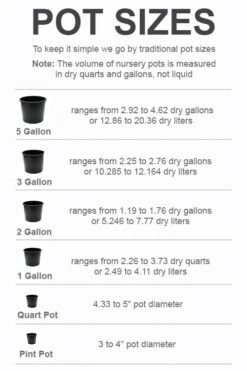







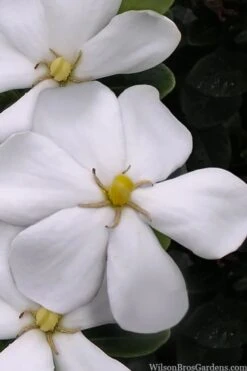

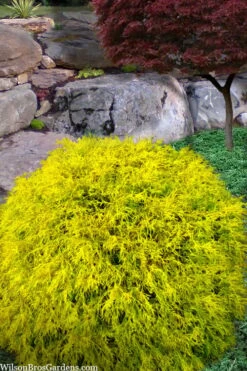
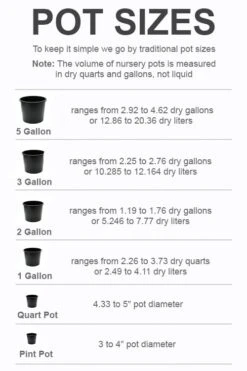
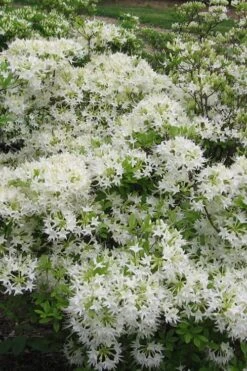
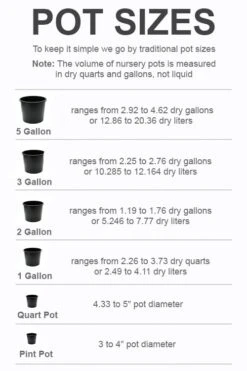



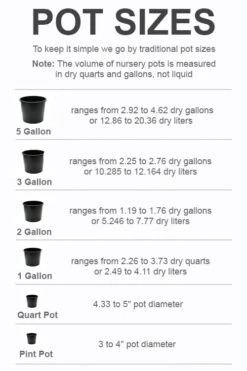

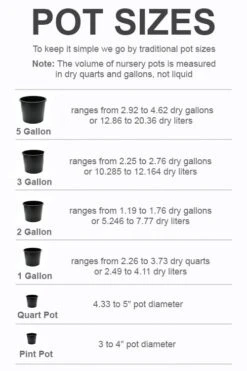



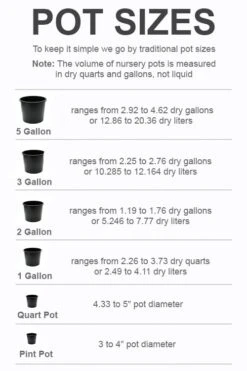
Reviews
There are no reviews yet.